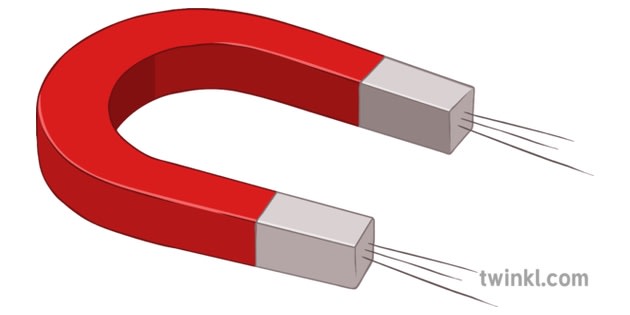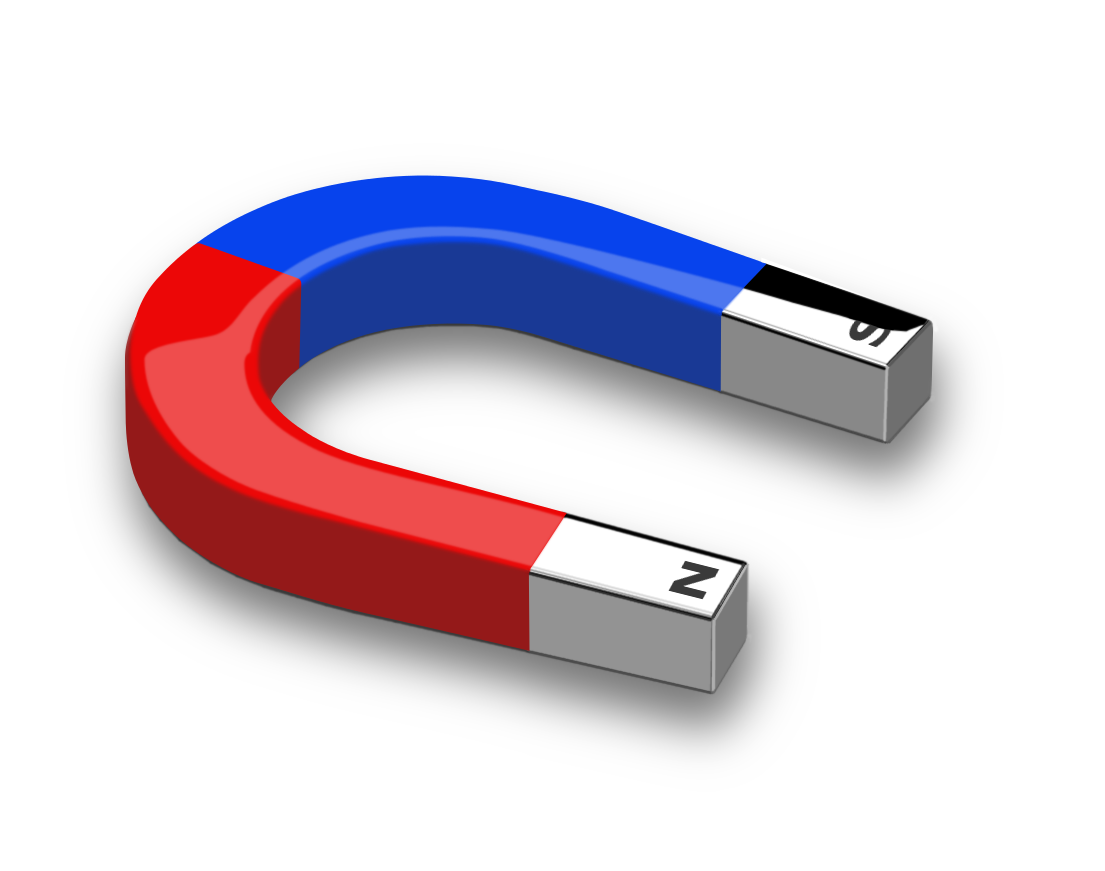Picture this - a car that glides effortlessly down the road without the need for traditional engines or fuel. That's the magic of magnet autos. These vehicles rely on magnetic fields to move, creating an entirely new way of thinking about transportation. If you're curious about how magnetism can revolutionize the auto industry, you're in the right place. In this article, we’ll explore the science, technology, and potential of magnetic-powered cars.
Magnet autos might sound like something out of a sci-fi movie, but they're closer to reality than you might think. Engineers and scientists around the globe are working hard to develop vehicles that harness the power of magnetism. This isn't just about making cars faster or more efficient; it's about rethinking the entire concept of what a car can be. With fewer moving parts and less reliance on fossil fuels, magnet autos could drastically reduce our environmental impact.
So, why should you care? Well, the automotive industry is on the verge of a major shift. Traditional gas-powered vehicles are slowly giving way to electric ones, but what comes after that? Could magnet autos be the next big leap forward? There's a lot to unpack here, and we're going to break it all down for you in simple, easy-to-understand terms. Let's get started.
What Exactly Are Magnet Autos?
Magnet autos are vehicles that use magnetic forces to move instead of relying on traditional combustion engines. The idea is pretty straightforward, even though the technology behind it can get a little tricky. Think about how a magnet sticks to your fridge. Now imagine scaling that force up to the point where it can push or pull a whole car. That's essentially what magnet autos do, though the process involves a lot more than just sticking two magnets together.
Electric currents play a big role in all this. When electricity flows through a conductor, it creates a magnetic field. In magnet autos, engineers design systems where these fields interact in a way that generates motion. It's kind of like putting two magnets close to each other and watching them either attract or repel. By controlling these forces precisely, the car can move smoothly and efficiently.
How Do Magnet Autos Work - Breaking It Down?
Alright, let's take a closer look at how these cars actually work. At the heart of every magnet auto is something called an electromagnetic motor. This motor uses electricity to create magnetic fields, which then interact with other magnetic components in the car to produce movement. It's a bit like riding a bike, except instead of pedaling, the car is powered by the push and pull of magnets.
In a magnet auto, the wheels are often connected to these motors directly. As the magnetic fields shift and change, they cause the wheels to turn, propelling the car forward. This setup cuts out a lot of the bulky machinery you'd find in a regular car, like the transmission and fuel lines. Instead, you've got a sleek, streamlined design that focuses on simplicity and efficiency.
Why Should You Care About Magnet Autos?
So, why does all this matter? Well, magnet autos offer a bunch of advantages over traditional cars. For starters, they're a lot cleaner. Since they don't burn fuel, they don't produce harmful emissions. That means cleaner air and a healthier planet. Plus, they're often quieter, which could make for a much nicer driving experience in busy cities.
Another big plus is that magnet autos tend to be simpler in design. Fewer moving parts mean less chance of things breaking down. That could translate to lower maintenance costs and longer-lasting vehicles. Of course, there are still challenges to overcome, like figuring out how to make these cars affordable and widely available. But the potential benefits are hard to ignore.
Can Magnet Autos Replace Traditional Cars?
This is a question a lot of people have been asking lately. Could magnet autos really take the place of the cars we've been driving for over a century? The answer isn't a simple yes or no. There's a lot to consider, from the cost of production to the infrastructure needed to support these new vehicles.
One thing is clear, though - the demand for cleaner, more efficient transportation is growing. People are looking for ways to reduce their carbon footprint, and magnet autos could be a big part of the solution. However, it's going to take time, effort, and a whole lot of innovation to make that happen. In some respects, we're still in the early stages of figuring out what magnet autos are truly capable of.
What Are the Challenges Facing Magnet Autos?
While magnet autos sound amazing in theory, there are definitely some hurdles to overcome. One of the biggest challenges is cost. Right now, developing and producing these vehicles is expensive. That makes them out of reach for most consumers. Another issue is infrastructure. Charging stations and other support systems need to be built before magnet autos can become mainstream.
There's also the question of public acceptance. People tend to be a little skeptical of new technologies, especially when it comes to something as important as their cars. Convincing drivers to switch from what they know to something completely different isn't always easy. Still, with the right approach, these challenges can be tackled one by one.
What Makes Magnet Autos So Special?
What sets magnet autos apart from other types of vehicles? For one thing, they're incredibly efficient. Since they don't rely on combustion engines, they can convert a higher percentage of the energy they use into actual motion. That means less waste and more bang for your buck, so to speak.
Another cool thing about magnet autos is their potential for customization. Because they don't have all the same parts as traditional cars, designers have more freedom to experiment with different shapes and sizes. This could lead to some really interesting and unique vehicles in the future. Plus, the technology behind magnet autos could have applications beyond just cars, like in public transportation or even space exploration.
Who's Leading the Way in Magnet Autos?
A bunch of companies and research teams are hard at work on magnet autos. Some of the biggest names in the auto industry are investing heavily in this technology, hoping to get a head start on the competition. Startups are also jumping into the game, bringing fresh ideas and approaches to the table.
One company that stands out is a small but innovative group based in Europe. They've been experimenting with magnet autos for years, and they recently unveiled a prototype that's turning heads. The car is sleek, fast, and incredibly efficient. It's still in the testing phase, but the early results are promising. Of course, there are plenty of other players in the game, each bringing their own strengths to the table.
What Does the Future Hold for Magnet Autos?
Looking ahead, the future of magnet autos seems pretty bright. As more companies invest in the technology and more consumers become aware of its benefits, we could see a major shift in the automotive landscape. It might not happen overnight, but the trend is definitely moving in the right direction.
Of course, there's still a lot of work to be done. Engineers need to keep refining the technology, making it more reliable and cost-effective. Governments and businesses need to work together to build the necessary infrastructure. And consumers need to be educated about the advantages of magnet autos. All of these factors will play a role in determining how quickly and successfully magnet autos can take off.
How Can You Get Involved with Magnet Autos?
If you're excited about magnet autos and want to learn more, there are a few things you can do. First, keep an eye on the news for updates on new developments and breakthroughs. You can also check out trade shows and exhibitions where companies often display their latest prototypes. Attending these events can give you a firsthand look at the technology and help you understand it better.
Another option is to get involved in advocacy groups or communities that focus on sustainable transportation. These groups often discuss magnet autos and other innovative technologies, and they can be a great way to connect with like-minded individuals. Who knows, you might even find opportunities to help shape the future of magnet autos yourself.
As we've explored in this article, magnet autos represent an exciting new frontier in the world of transportation. They offer a cleaner, more efficient way to get around, and they have the potential to change the way we think about cars altogether. While there are certainly challenges to overcome, the promise of magnet autos is hard to ignore. Keep an eye on this space, because big things are coming.



